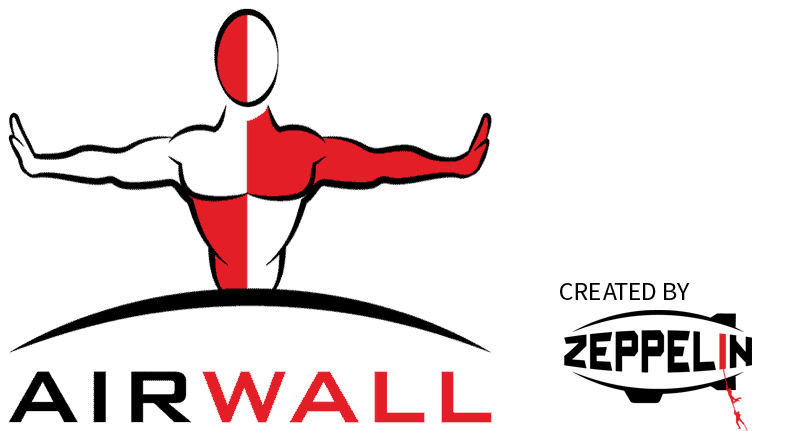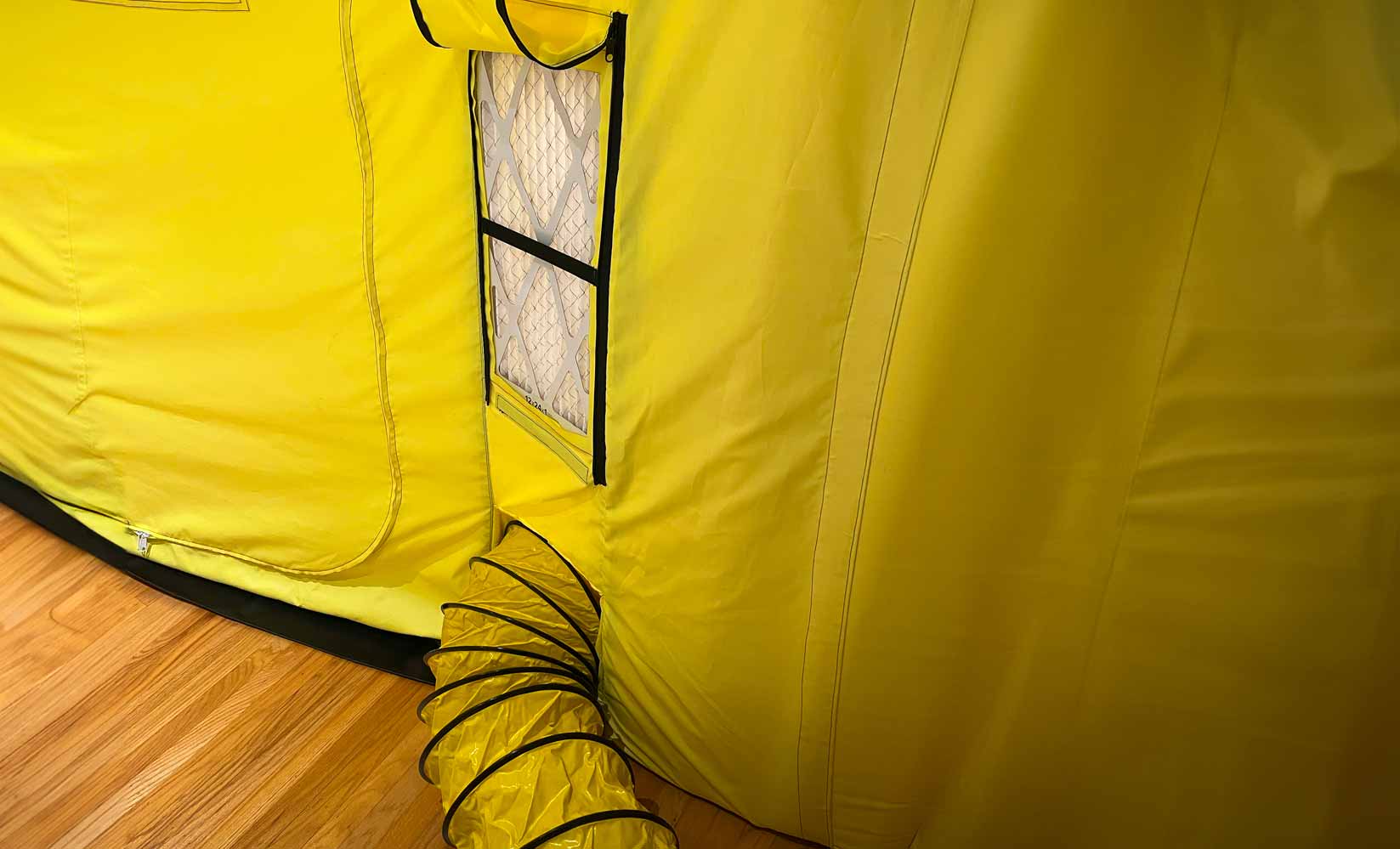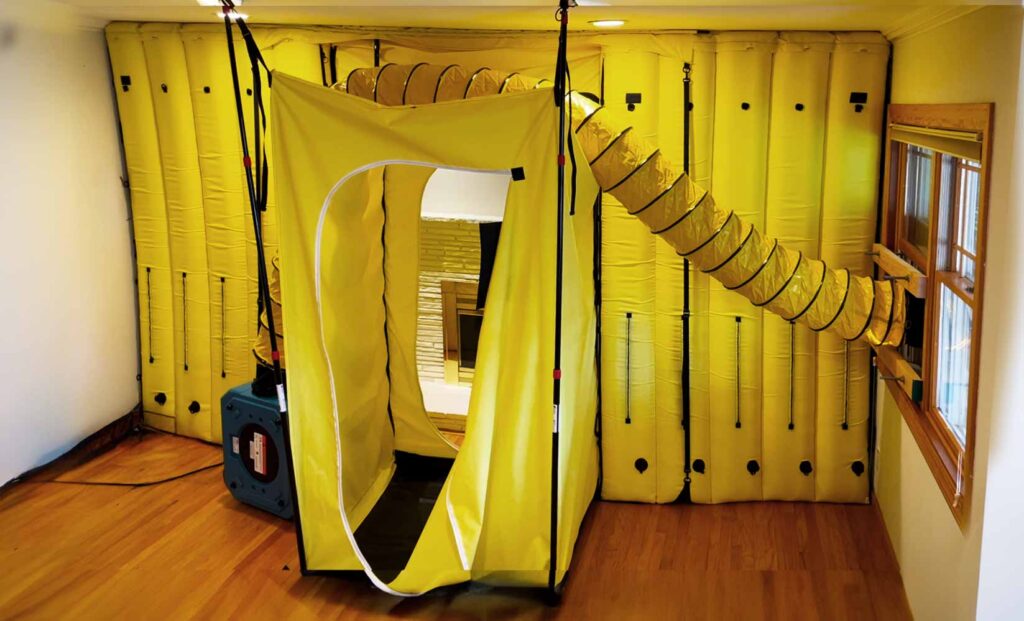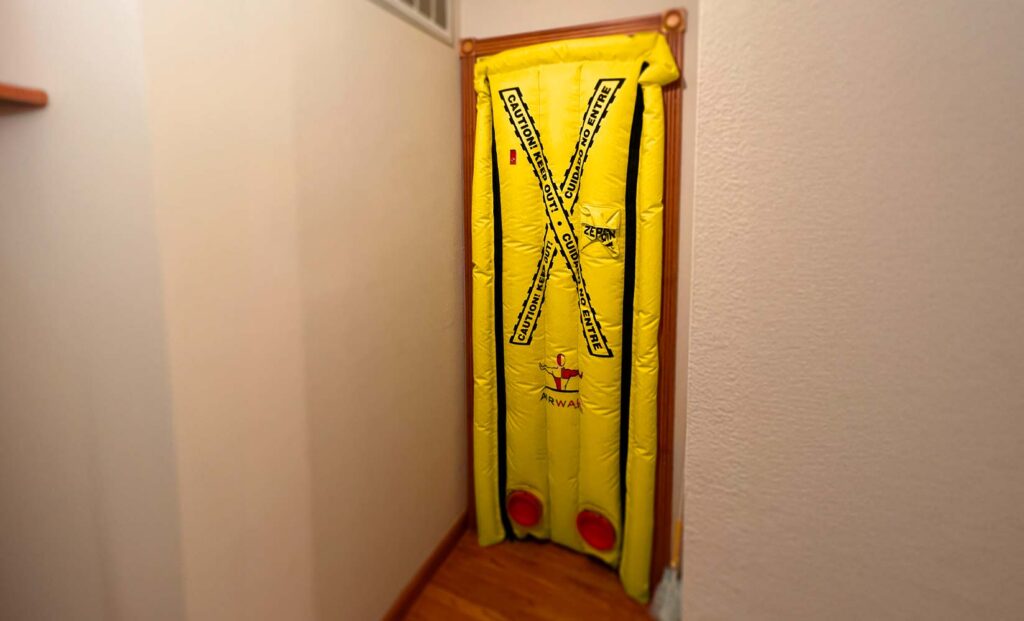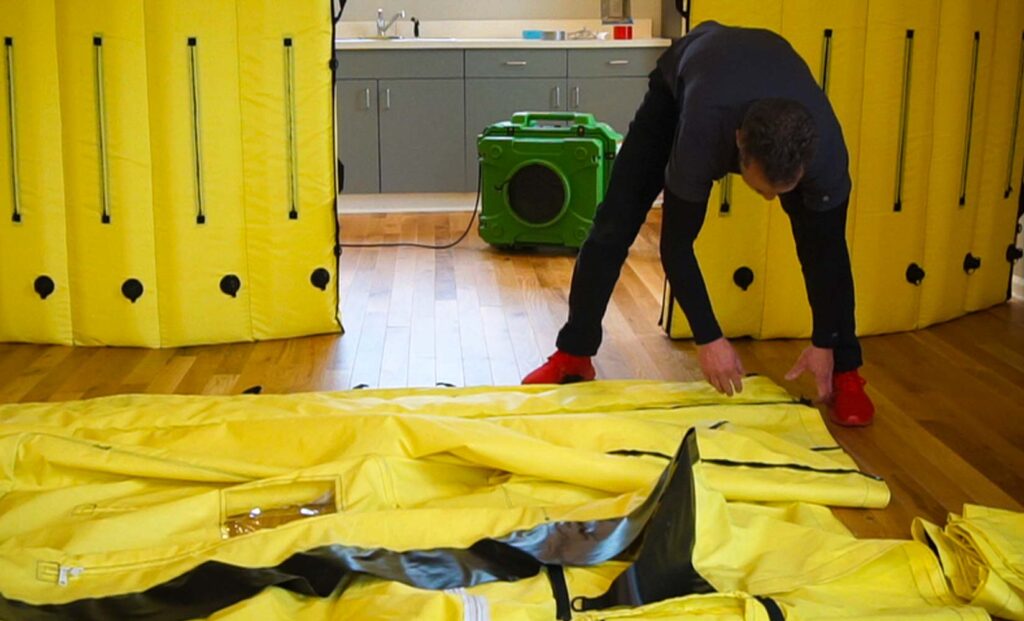It’s time to grab the blue rolls of tape, your rollers and your brushes! You’ve got a painting project for your home or business. Before you figure out your paint colors and how to tackle the project, there are a few things to know about paint fumes. Everyone has an experience with smelling a freshly painted room or wall. It’s a distinct smell that often sticks around for a while in the air. Did you know those paint fumes are actually dangerous?
It’s important to know the dangers of paint fumes, how to avoid it and what actions to take to protect yourself from the fumes before getting the paint out.
The Dangers of Paint Fumes
Paint is made of specific ingredients that keep it in its liquid form while in the jar. When paint dries, the chemicals start to evaporate and release fumes into the air. This is that “new paint smell” we are all familiar with. Unfortunately, some paints contain harmful chemicals and when evaporated, it releases volatile organic compounds (VOCs) into the air.
VOCs are carbon-based chemicals that evaporate at room temperature. The chemicals in paint can emit different VOCs including:
- Ethanol
- Benzene
- Formaldehyde
- Acetone
If you’re not careful, the chemicals in paint cause short-term and long-term health problems. During the painting process, you might have headaches, dizziness or shortness of breath. Nose, throat and eye irritation might also occur after breathing in paint fumes. If this occurs, leave the room immediately and go outside for some fresh air. Chronic exposure to paint fumes with VOCs can lead to damages in the nervous system, liver, and kidneys. Over exposure even leads to some forms of cancer.
Avoid Dangerous VOCs
Luckily for painters everywhere, there are no-VOC and low-VOC paint options on the market. Choosing this option can minimize your exposure to harmful toxins. The no/low-VOC options should be your only choice if you are pregnant and/or have children in the area you’re painting. VOCs are especially harmful to children, pets and pregnant women.
Removing VOCs from the air is another way you can minimize exposure and avoid paint fumes. Increasing air flow and ventilation is the best course of action to remove the VOCs in the air. Open windows, run fans and use an air purifier in the painted area to reduce the indoor air pollution. Taking frequent breaks and storing leftover paint away from the building also helps you avoid any harmful effects of the fumes.
Airwall Containment Systems
Another option to help you avoid dangerous paint fumes is using a containment system. AIRWALL Containment Systems are perfect for painting businesses who need containment for multiple jobs. With our reusable systems, you can create a barrier between the painted rooms and the other areas in the building. Small or large painting businesses can use our systems on any sized project.
Some of our Airwall Containment Systems include HEPA filters. These filters help keep the air clean from VOCs and reduce the risk of dangerous paint fumes. Using our HEPA filter containment systems are a great option if you can’t find a no/low-VOC paint option. Check out all of our containment systems available for your team to use for any paint project. Be safe from dangers of paint fumes!
Whether you’re painting one wall or you’re painting your entire house, you should always practice safety when painting. The dangers of paint fumes are too severe to ignore. When purchasing your paint, check the labels and look for no/low-VOC paints. Wear a mask while painting or take breaks when you feel the effects of the paint fumes. Always prioritize your health before picking up the paint brushes!
